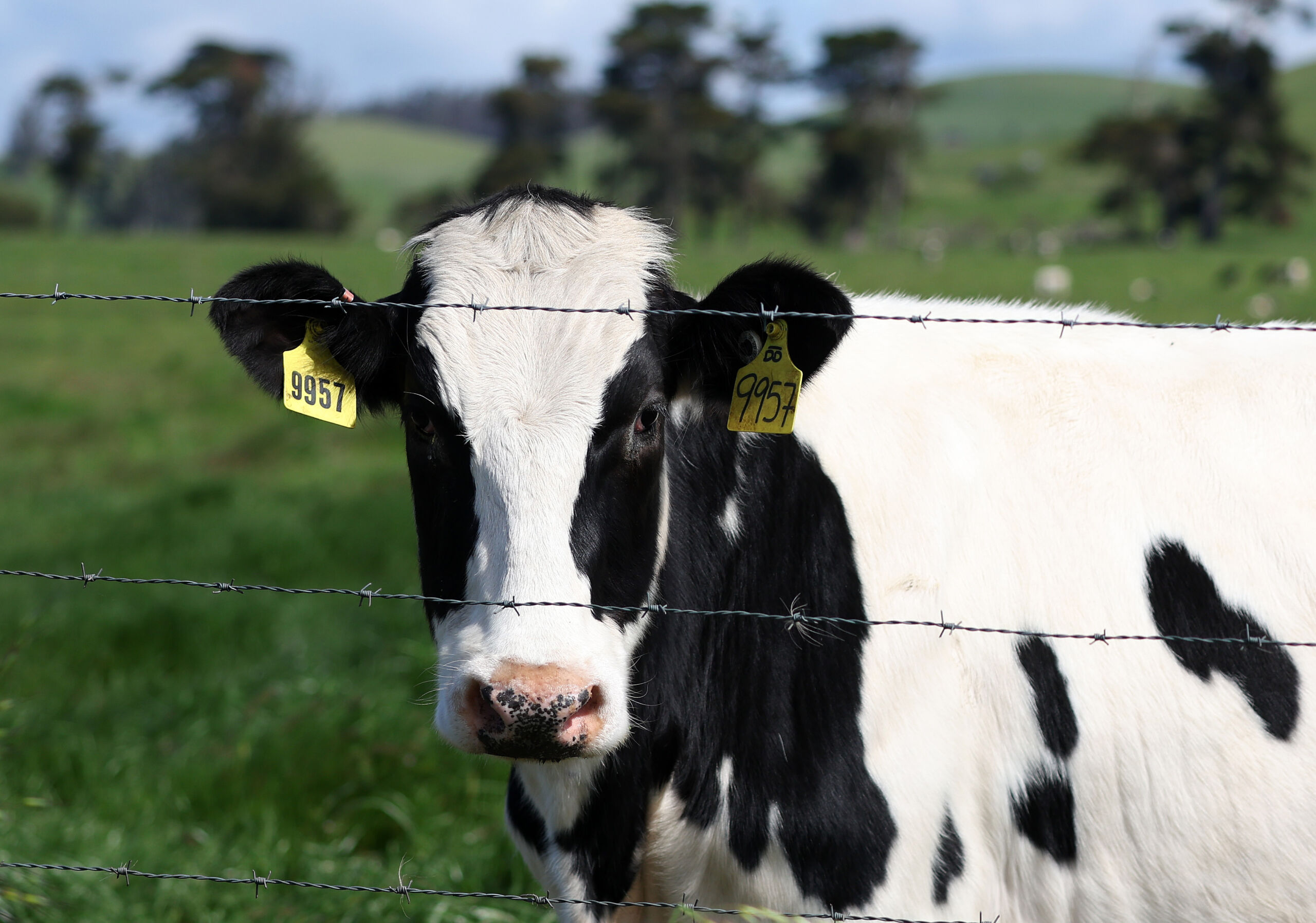The outbreak of H5N1 bird flu in US dairy cows has now spread to three herds in California, the largest milk-producing state in the country with around 1.7 million dairy cows, federal and state health officials have confirmed.
Fourteen states and 197 herds have now been affected by the unprecedented outbreak in dairy cows, which was first confirmed by federal health officials on March 25.
In a statement, the secretary of the California Department of Food and Agriculture, Karen Ross, said the spread of the virus to California was not unexpected. "We have been preparing for this possibility since earlier this year when [Highly pathogenic avian influenza or HPAI] detections were confirmed at dairy farms in other states," Ross said. "Our extensive experience with HPAI in poultry has given us ample preparation and expertise to address this incident, with workers’ health and public health as our top priorities."
Virus on the move
The herds in California are thought to have been infected through the movement of cattle, despite a federal order mandating testing of cattle prior to movement between states. So far, health officials believe that all of the dairy infections across the affected states stem from a single spillover event from wild birds to dairy cows in Texas. The virus is thought to spread from cow to cow, as well as from contaminated milking equipment, dirty hands, and boots.
Wild bird populations worldwide have been devastated by H5N1 in recent years, with its spread in the US first documented in 2022. But, unlike past avian influenza outbreaks in wild bird populations, the current strain of H5N1 spreading—clade 2.3.4.4b—has proven unusually adept at spilling over to various mammals. For instance, the US dairy outbreak marked the first time the virus was documented to cause an outbreak among cows.
Since the beginning of the US dairy cow outbreak, federal officials have suggested that they are well-equipped to stop the spread. However, the tally of affected herds has continued to increase, with 17 herds reported infected in the last 30 days, according to the US Department of Agriculture. The state with the most affected herds—64—is Colorado, the only state to mandate bulk milk testing for H5N1. Since that July 22 mandate, the state has identified 11 infected herds through bulk testing. Overall, testing for H5N1 is limited, and experts believe that official tallies of infected herds are significant undercounts.
Reassortment risk
For now, the risk to the general population is still considered to be low, and the virus does not pose a risk via pasteurized milk and dairy products or properly cooked meat. The influenza virus is readily inactivated by heat treatments. The risk is also relatively low for the infected cows, most of which make full recoveries within a few weeks.
Farmworkers exposed to infected animals are at risk of contracting the virus, however. To date, four dairy farmworkers and 10 poultry farmworkers have contracted the bird flu virus behind the dairy outbreak. The infections have been mild so far, with some having only inflamed eyes and others having classic flu symptoms. Officials have not seen evidence of the virus spreading from human to human in any of those cases. However, experts fear that the continued adaptation to mammals and exposure to humans will give the virus ample opportunities to shift to a more dangerous, more transmissible virus, potentially one that could spark the next pandemic.
The concern was evident in a July 30 press briefing when the Centers for Disease Control and Prevention announced a $5 million effort to get farmworkers vaccinated against seasonal flu. The fear is that farm workers could become human mixing bowls for H5N1 and the seasonal flu strains this year. Influenza viruses are notorious for undergoing reassortment, a process in which different strains of flu viruses can exchange segments of their genomes with each other when they co-infect a host. This can create genetically distinct strains, potentially ones with new abilities. By vaccinating farmworkers against seasonal flu, health officials hope to keep the bird flu and human-adapted seasonal flu from commingling.



3175x175(CURRENT).thumb.jpg.b05acc060982b36f5891ba728e6d953c.jpg)
Recommended Comments
Join the conversation
You can post now and register later. If you have an account, sign in now to post with your account.
Note: Your post will require moderator approval before it will be visible.